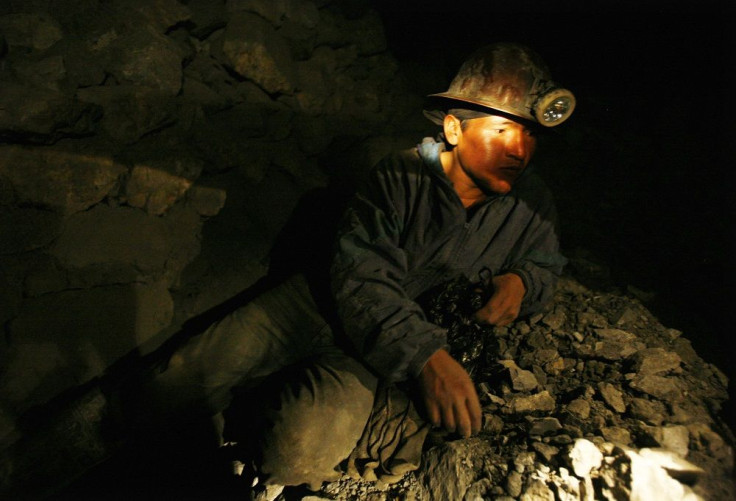Environmental Sanctions Placed Against Lundin's Candelaria Mine

Another miner in Chile has once again found itself in hot water. Chile's environmental regulator SMA has filed charges against Canadian miner Lundin Mining Corporation for a series of environmental violations in its Candelaria copper deposit located in Chile's Atacama region. The copper deposit first went into production in 1993 and had a 14-year mine life when Lundin Mining acquired it in 2014. Two new discoveries extended the reserve's life for three more years.
According to inspections done between 2013 and 2013, the Candelaria copper deposit had 16 infractions, nine of which are considered very serious. "The most important infraction detected by the investigation is related to the failure to fulfill the commitment of reducing the consumption of freshwater… leading to an important loss in the availability of underground water at Copiapo River's aquifier," SMA said in a statement.
Lundin Mining is now given 10 days to present a compliance plan to correct all the irregularities detected by the SMA. It also has 15 days to appeal the charges.
The company is the latest of several miners that Chilean authorities have scrutinised for environmental irregularities. Big scale mining continues to be an important environmental challenge for Chile, making the country not just the world's biggest copper producer, but also one of the most stringent when it comes to mining regulations. Some of the problems brought about by various mining companies in Chile include deforestation resulting to soil erosion, air and water pollution, severe water shortages, and endangered flora and fauna species.
In April, the SMA also sought new sanctions against Barrick Gold's massive Pascua-Lama gold and silver projects, further lessening its chances of resuming construction in its already-suspended mine. Some of the stated infractions were related to water management, flora and fauna protection, glacier monitoring, and construction of works outside the permitted area — with the last deemed to be very serious.
But not all miners in Chile are being penalised for environmental violations. Rutile and titanium miner White Mountain Titanium Corporation (OTCQB:WMTM) has recently received its Environmental Impact Statement (EIS) from Chilean authorities, giving the company full approval to pursue its flagship Cerro Blanco titanium project, likewise located in northern Chile's Atacama region. Although the company's EIS application underwent several revisions over the years since 2006, officials of White Mountain Titanium remained optimistic all throughout.
"This landmark will allow the project to gather momentum and advance to feasibility and subsequent production, with the knowledge and security that it has the support of both the government and local communities who will benefit from this rutile mine," said company COO Michael Kurtanjek.
White Mountain Titanium is expected to complete a final bankable feasibility within the next 12 months. Its rutile resource is estimated at 112 million tonnes at 1.73 percent titanium dioxide and 69 million tonnes at 1.37 percent titanium dioxide.
To contact the writer, email: vittoriohernandez@yahoo.com





















